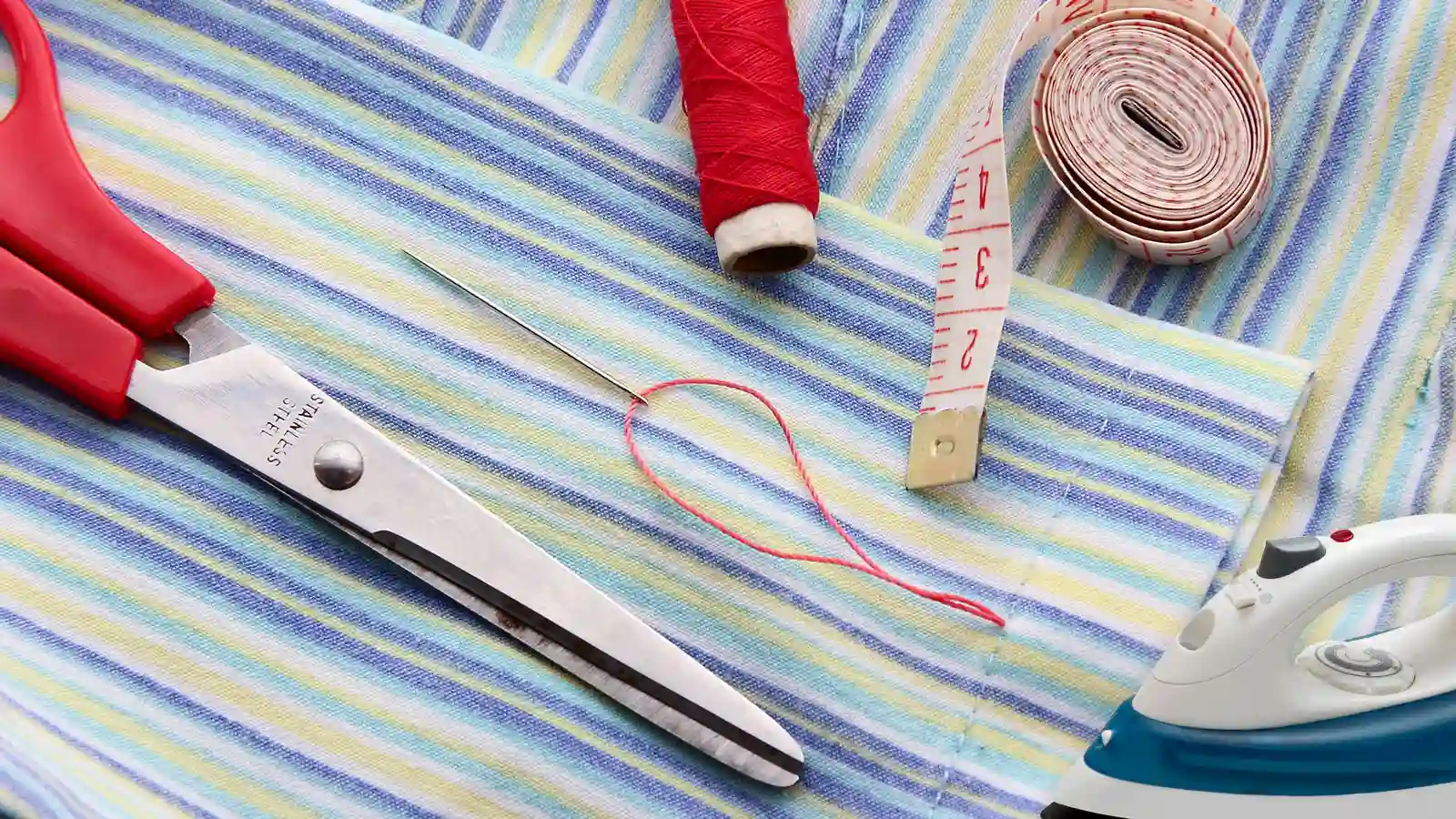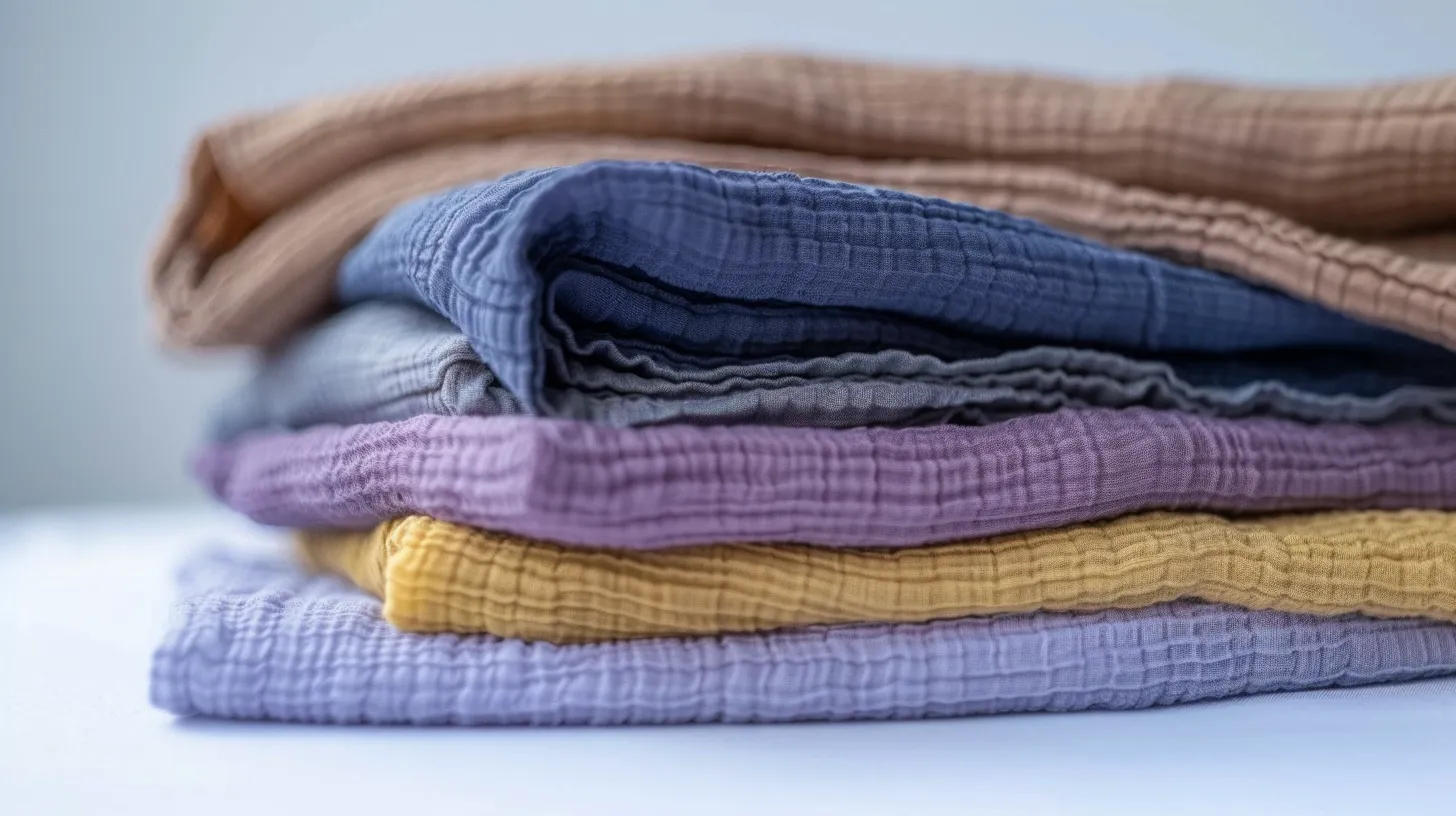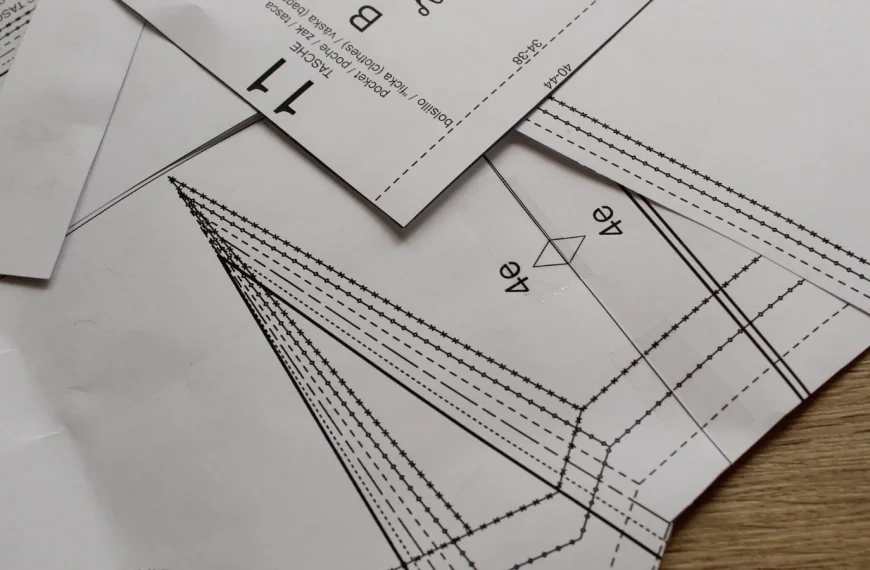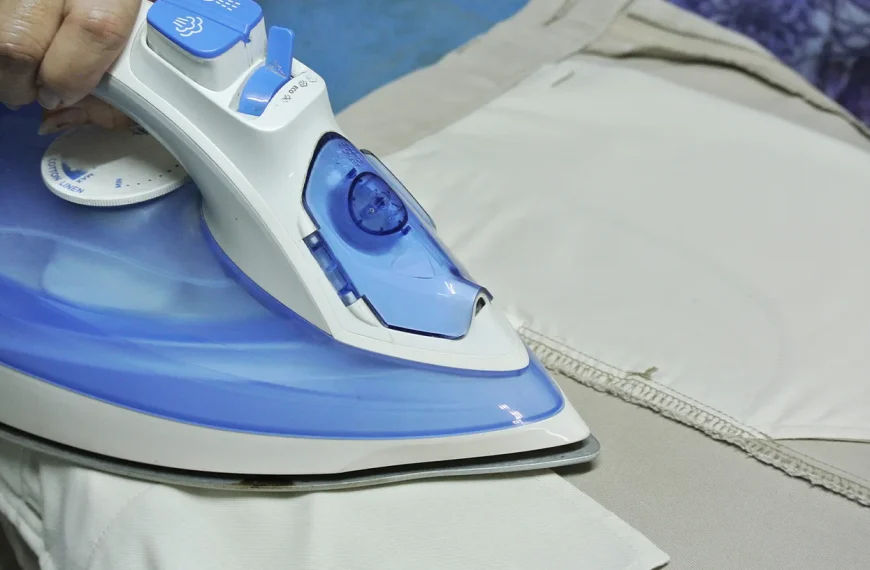Gauze is a soft and breathable fabric. This type of fabric is suitable for sewing blouses and loungewear. Sewing gauze fabric can be tricky, but with a few tips, you’ll master it. Cut using a sharp rotary cutter for precision and less fraying. Use a new, sharp needle and fine silk pins specifically designed for lightweight fabrics. Pick high-quality cotton or polyester 50wt thread for smooth, strong stitches. Use a walking foot to ensure even fabric feeding, adjust the stitch length according to your needs, and gently lower the presser foot pressure. Finish the seams with flat fell seams or French seams to enhance durability. Looking to take your sewing skills to another level? Now I will share my top tips with you.
Key Takeaways
- Use a sharp rotary cutter for clean, fray-free cuts and a sharp needle designed for lightweight fabrics.
- Opt for high-quality cotton or polyester 50wt thread for smooth, strong stitches.
- Adjust stitch length to 2.8-3 mm and use a walking foot for even fabric feeding and professional seams.
- Utilize seam finishing methods such as overlocking, flat fell seams, or French seams to enhance the durability of gauze fabric.
- Use a zigzag stitch to secure raw edges, ensuring a clean, professional finish and preventing fraying.
Cutting Before Sewing Gauze Fabric:
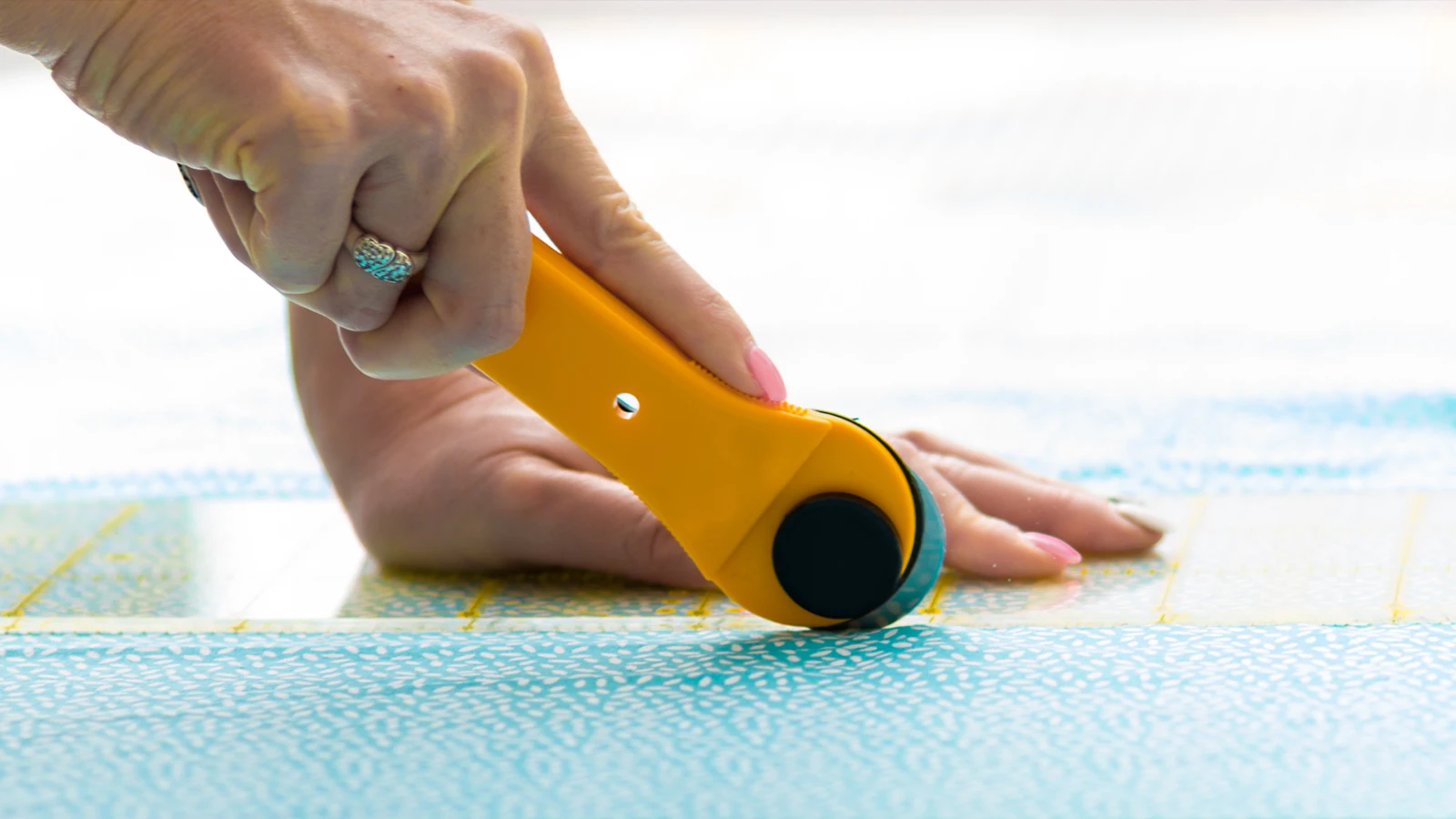
Before you begin sewing your gauze fabric, it’s essential to cut your fabric correctly.
Use a Sharp Rotary Cutter
When sewing cotton double gauze fabric, it’s important to use a sharp rotary cutter to make clean, precise cuts and reduce the risk of fraying or uneven edges. This is especially true when working with double gauze, which is delicate and prone to fabric distortion if handled improperly.
The sharp blade of the rotary cutter easily cuts through gauze layers, ensuring accuracy and smoothness. It is perfect for intricate cutting and curved edges. Its use reduces the risk of snags that traditional scissors may cause.
Needles and Pins:

When sewing with double cotton gauze fabric, the right needle and pin usage is crucial.
Use a New, Sharp Needle to Prevent the Fabrics from Fraying
Use a new sharp needle to prevent delicate gauze fabric from fraying during sewing. A dull needle can snag or tear the fabric, compromising the overall quality of your project.
Make sure to opt for a fine needle, specifically designed for lightweight fabrics with loose weave. This will ensure smooth, clean stitches that won’t fray or damage the delicate fabric.
Regularly changing your needle can also help maintain the integrity of the fabric and prevent unnecessary damage. Choosing the right needle is crucial for sewing gauze fabric professionally.
Use Pins to Avoid Gauze Fabrics from Slipping
Ensuring your gauze fabric doesn’t slip or move while you’re sewing is essential. It’s crucial to use plenty of pins, preferably fine silk pins that won’t leave noticeable marks. These fine pins provide a better grip on this lightweight fabric, maintaining the layers evenly aligned.
While sewing with double layers, pin them close together within the seam allowance. This reduces the chance of them shifting as you sew. Moreover, placing pins perpendicular to the fabric edge amplifies the stability when dealing with such delicate material.
Thread:
Choosing the right thread for your gauze fabric is crucial. For optimal results, you’ll want to go for a high-quality cotton or polyester 50wt thread.
Use a Polyester or Cotton 50wt Thread.
When you sew gauze fabric, use polyester or cotton 50wt thread for a good balance of smooth stitching and durability. This thread is good for lightweight fabrics like cotton gauze. It gives strength and resilience if you use polyester, or a natural feel with cotton.
Seam security and breakage prevention are crucial, so your thread choice is key. When you sew with double gauze, this thread quality will enhance your finish and project longevity. Make sure the thread is within the seam allowance when you feed it through the sewing machine. This will prevent tearing or ripping at the seam.
Stitching:
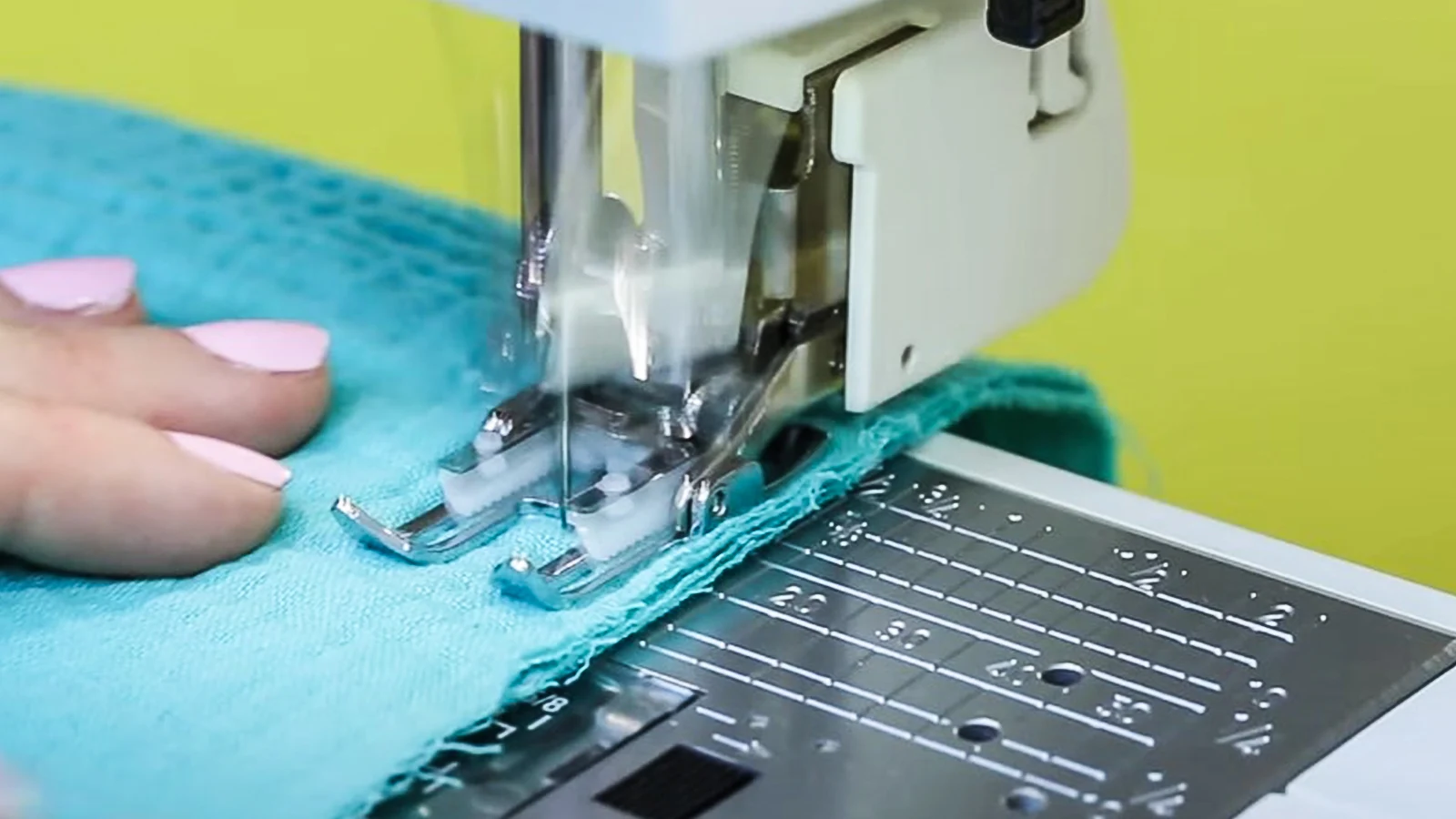
Now, let’s focus on stitching.
Use a Walking Foot
When working with gauze fabric, a walking foot is very useful. It helps to feed multiple layers of fabric evenly through your sewing machine, preventing shifting and puckering. This is especially useful when working with delicate fabrics such as double gauze fabric.
The walking foot provides better control and precision, ensuring your seams are accurate and professional-looking. Remember, when dealing with fabric layers, accuracy is key to prevent tears or ripped seams.
Lower the Presser Foot Pressure to Avoid Damaging Texture
To preserve the delicate texture of your gauze fabric while stitching, it’s crucial to lower the presser foot pressure. This adjustment prevents the fabric from flattening or damage, maintaining its soft, airy feel.
Reduced pressure allows the gauze to move smoothly under the foot, creating even stitches without distorting the fabric’s texture.
Adjust the Stitch Length to 2.8 – 3 mm
Adjust the pressure on the presser foot, then set the stitch length to 2.8-3 mm for sewing gauze fabric. This tip for sewing is crucial to avoid fabric puckering or gathering. Remember, shorter stitches may cause your lightweight fabric to bunch, while longer stitches can result in a looser seam.
The weave of gauze fabric varies in thickness and texture, so adjust the stitch length for optimal results. Before you dive into your main project, experiment with scrap fabric to find the ideal setting. Consistency in stitch length is key to achieving a professional finish. With practice and careful attention to detail, you’ll master sewing this beautiful, airy fabric in no time.
Seam Finish:

When working with gauze fabric, it’s crucial to choose the right seam finish.
Use an Overlocker or Serger
Consider using an overlocker or serger to create clean, professional-looking seams on your gauze fabric. This tool is often used in garment construction due to its ability to efficiently finish seams while also preventing fraying.
The overlocker or serger sews fabric edges with multiple threads for strength and a neat look. By trimming and stitching in one pass, it saves you time and lends a quality finish to your gauze fabric project.
Finish Seams with Flat Fell Seams or French Seams
You can choose flat fell seams or French seams to finish your gauze fabric project, giving it strength and a neat finish. This involves overlapping fabric edges and stitching them down, creating a secure and visually appealing seam.
On the other hand, French seams are ideal for gauze, as they prevent fraying and add a clean look. To achieve this, you sew the fabric wrong sides together, trim, flip, and sew again, enclosing the raw edges.
Both these seam finishes reduce bulk in lightweight fabrics like gauze, ensuring a professional and polished outcome for your project.
Use Zigzag Stitch to Finish the Seam
To make gauze fabric last longer and avoid fraying, it’s smart to use a zigzag stitch on the edges. This stitch method secures the raw edges of the gauze fabric together, offering a clean, professional seam finish.
It’s particularly effective with delicate, lightweight fabrics like gauze. As you sew, the zigzag stitch adds flexibility, accommodating the fabric’s natural movement. This versatility contributes to the garment’s longevity, maintaining its integrity over time.
Conclusion
You’ve got this! With careful handling, the right tools, and a patient approach, you’ll master sewing gauze effortlessly.
Remember, it’s all about the prep work, choosing suitable threads, and applying the appropriate stitches. Don’t forget the importance of a good seam finish to ensure durability.
With these tips, you’re ready to create stunning, lightweight projects using gauze fabric. So, thread that needle and start your journey into the world of gauze sewing. Happy stitching!
Learn more sewing tips on Longan Craft Blog! Dive into the fabric world with Longancraft!
FAQ
Q: Do I need to line double gauze fabric?
A: Depending on the project, you may not need to line double gauze fabric. Its subtle grid over the entire fabric gives it a unique look and provides enough coverage for many garments.
Q: Can I sew double gauze fabric with a regular sewing machine?
A: Yes, you can sew double gauze fabric with a regular sewing machine. Adjust the machine speed as needed, as the fabric’s open weave may require sewing at a different pace to prevent puckering or stretching.
Q: What are some sewing projects suitable for double gauze fabric?
A: Double gauze is popular for making lightweight clothing such as pyjamas, blouses, and dresses. Many patterns from brands like Tilly and the Buttons and Colette Patterns are designed for double gauze fabric.


